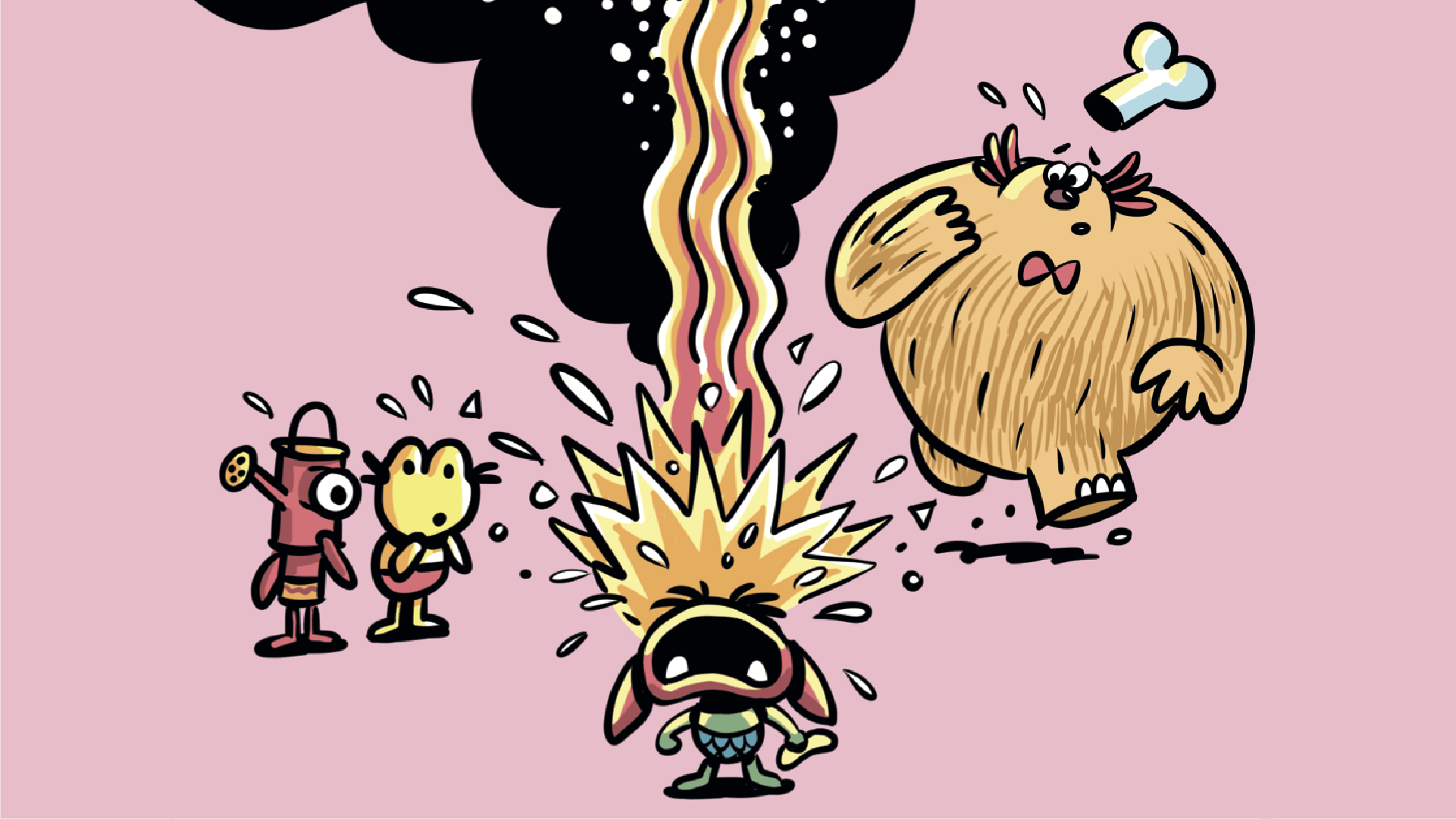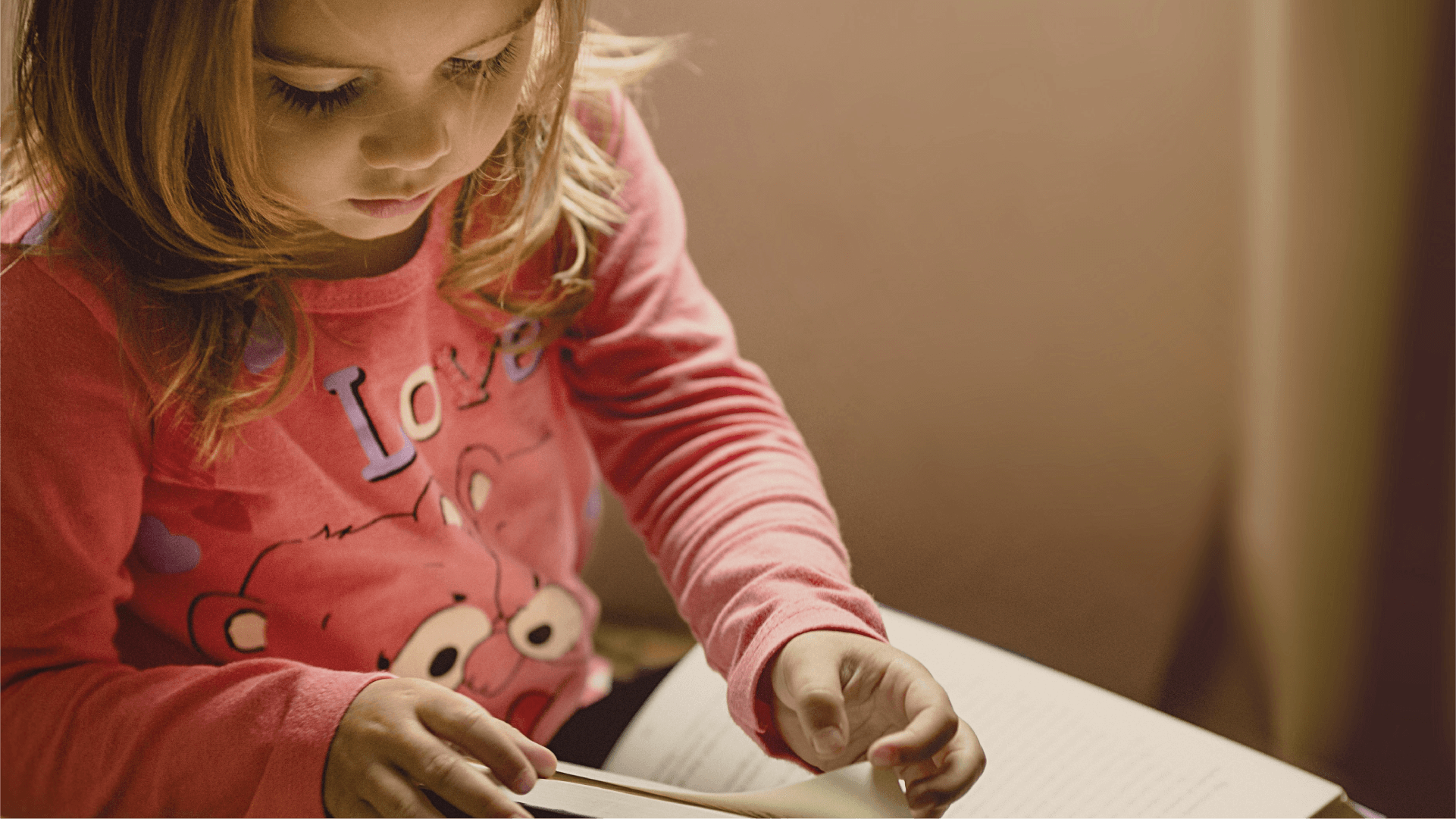Social Stories to help with tricky emotions
(3 minute read)

Social stories have many different uses all focused on healthy social development. When used to depict and display challenging emotions, social stories give children the language to identify, speak about and develop emotional self-regulation strategies.
What is emotional regulation?
Also known as emotional self-regulation, this is the ability to manage our emotions.
It includes being able to resist highly emotional reactions, adjusting to changes in expectations, self-soothing strategies and handling frustrations without a tantrum!
Regulating our emotions is a skill, just like learning to read, that can be taught and nurtured, so that children can direct their own behaviour responses as they grow towards goals that will benefit them, in the face of a rather unpredictable world and our feelings about it!
Regulating emotions is a pretty personal journey, as our reactions to certain events may be completely different from one another - one child starting a new school will feel excited, and another might be terrified. Although one feels like a positive emotional response, this might result in the child disrupting the class, being too rambunctious in the playground and ultimately result in a bit of a telling-off. So it’s the self-regulating strategies employed by BOTH children that will help them fit positively in their new environment.
How do we develop it?
Coaching kids through challenging situations with a supportive framework is the key to learning self-regulation skills. Rather than being impulsive and reactive, slowing them down and teaching them how to respond calmly really helps develop these strategies. Clinicians call it “scaffolding” the behaviour you want to encourage until they can handle these situations on their own.
In schools, Social and Emotional Learning (SEL) schemes can help teachers scaffold these self-regulation skills in a more formal and structured way, helping children learn about their feelings, the feelings of others, and how to recognise and manage emotions.
The first two learning steps in SEL are self-awareness - identifying emotions, learning about feelings, and self-management - managing emotions, and coping with feelings.

Social Stories - how do they help teach emotional regulation?
For some children, understanding feelings is particularly challenging as ‘feelings’ aren’t tangible and children often lack the language to articulate them. Adults may be able to model feelings to children but not experience them in the same way, presenting a particularly difficult challenge when teaching self-awareness.
Social stories present information in a literal, 'concrete' way, which may improve the understanding of a previously difficult or ambiguous situation or activity. So social stories can help us present emotions to kids and model the type of language that can be used to describe them.
What forms can these stories take?
Picture Stories can be especially useful for all people, including those with learning difficulties, to model the language used to describe emotions and the associated bodily expressions of emotions.
Here at Teach Your Monster, we have developed social picture stories with our expert, Child Clinical Psychologist Dr Angharad Rudkin! Bongo Blows His Top is the first in a series of beautifully illustrated comic strips addressing emotional regulation. In this story, we see ‘Bongo’ having some difficult feelings in response to environmental stressors and ‘Cuddles’ giving 3 useful strategies to deal with those emotions. Why not download a copy here and read it with the kids? Available in black and white too
If you’re interested to find out more about social stories click here for a helpful article from the National Autistic Society.
----
Kay Leathers
Freelance writer and designer.